|
"Gates of Gloom" from Scooby-Doo! Mystery Incorporated features Daphne, Fred and Scooby saying famous action movie quotes at pivotal points in the episode. Scooby saying "They drew first blood, not me" is a reference to the film First Blood with Sylvester Stallone. Fred and Daphne's exchange of "What have I done?" "What you had to do. What you always do, turn traps into a fighting chance to live" is a parody of a famous quote from Star Trek III: The Search for Spock.
This wasn't the first time the series parodied famous films, though. Although there are some parodies that were obvious, two of the notable full-episode examples of parodies that you may not be aware of include that "The Midnight Zone" was a parody of Sky Captain and the World of Tomorrow, which featured a very similar plot of robots taking over a city, and a holographic head turning out to be a corpse in a chair. "Nightfright" from Scooby-Doo Mystery Incorporated also parodies the movie Fright Night, which is a famous horror movie that came out in 1985, one month before The 13 Ghosts of Scooby-Doo began airing.
4 Comments
There are a few instances in Scooby-Doo! Mystery Incorporated where a character is credited despite that they should not have been. In "Where Walks Aphrodite," two referees are credited to Matthew Lillard and Tony Cervone, but there is only one referee, and he does not speak in the episode. There is also a guard credited in "Scarebear" and a reporter credited in "All Fear the Freak," but no such characters appear in the episode (although the reporter is credited to Nolan North, who played the reporter in the previous episode, "Pawn of Shadows").
**Spoiler warning: This fun fact contains spoilers for the Be Cool, Scooby-Doo! episode "Night of the Upsetting Shorts"**
We have another Be Cool fun fact to go along with the conclusion our Daphne Quirk polls! At the beginning of "Night of the Upsetting Shorts," the Ape Man is watching the gang seconds after they walk into the nursing home with Grammy and her friends. This leaves a large plot hole in the episode, as Grammy is the culprit, and could not have been watching the gang as the Ape Man while she was still with them. In some European countries, in "Mysteries in the Disorient Express," the scene where Daphne sticks earplugs up her nose was cut due to worries that children might mimic this behavior.
The plot of Be Cool, Scooby-Doo's "Doo Not Disturb" seems to be heavily inspired by the film Psycho, including the culprit dressing up as a dead mother, and the scene where Mother pulls back the shower curtain to reveal Scooby.
Building off of Fun Fact #479, there are a couple of interesting additional real-life details used in the depictions of guest stars in Scooby-Doo and Guess Who?. In "Revenge of the Swamp Monster!", Chris Paul brings up bowling as one of the activities he does quite a bit to promote healthy activities for children. While this may seem like a trivial detail thrown in, Chris Paul actually has his own bowling team based in Los Angeles that he formed in real-life, named LAX. He decided to form this team because he fondly remembered bowling regularly with his father during childhood, after getting a bowling ball for Christmas. Chris's charity work mentioned in the episode is also based on real-life details. Chris regularly holds bowling tournaments for charity, and is the owner of the Chris Paul Family Foundation. You can read more information about Chris's interest in bowling and his charity in this Yahoo article.
Jason Sudeikis being a sneakerhead in "Lost Soles of Jungle River!" is also an aspect of Jason's real-life. According to People Magazine, Jason currently owns 250 different pairs of sneakers and considers himself a shoe collector. Velma mentions in "A Moveable Mystery!" that she has met Gigi Hadid before, because they took a Criminal Psychology course together in school. In real life, Gigi majored in Criminal Psychology when she went to college at The New School, according to Elle. However, she dropped out of school after her first year when she became a model. Thanks to Shadowscooby for suggesting this week's fun fact idea! In Scooby-Doo! Haunted Holidays, one of the angry Santa Claus actor's mutterings as he storms off is "I studied under the great Sunderman!" This is a reference to Collette Sunderman, who was the casting and voice director for a large number of Scooby-Doo series and films, beginning with being the casting director in Zombie Island.
Merry Christmas and happy holidays to everybody celebrating today! The family that appears at the beginning of "The Creeping Creatures," "Night Terrors" and "Stand and Deliver" parodies the Griswold Family, from the famous National Lampoon's Vacation franchise of films. In "Creeping Creatures," the wife is voiced by Beverly D'Angelo, the same person who played the wife Ellen in this franchise. You also may remember from Fun Fact #373 that Beverly D'Angelo began her career painting animation cels for Hanna-Barbera.
The original television airing of LEGO Scooby-Doo! Knight Time Terror did not have "LEGO" in the title card (it was just titled Scooby-Doo! Knight Time Terror). The title card was later changed for the Haunted Hollywood DVD release.
Despite never being given a name in "A Gaggle of Galloping Ghosts," many fans refer to the gypsy in the episode as Carlotta. She's even referred to as such in "The Creeping Creatures" from Scooby-Doo! Mystery Incorporated. However, Carlotta wasn't a fan-made or retconned name; it actually came one of the official Gold Key comics released in February 1972. #10 of the Scooby-Doo...Where Are You comics, "The Ghosts of Grimstone Manor," featured an adaption of the classic "A Gaggle of Galloping Ghosts" plot. In the comic, the gypsy is given the name of Carlotta, even though she was not named in the episode. A model sheet recently listed on eBay also alludes to the fact that the name Carlotta may have been on an early draft of a script for the episode.
|
AuthorWildwindVampire Categories
All
Archives
April 2024
|

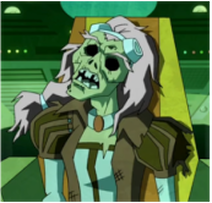
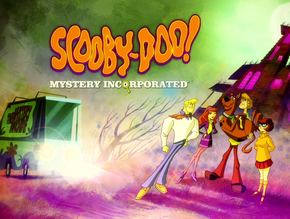

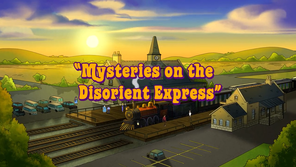
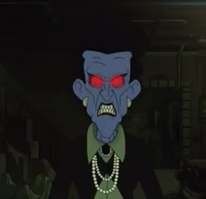
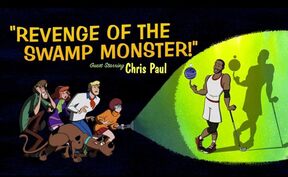
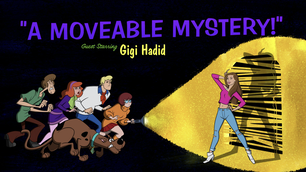

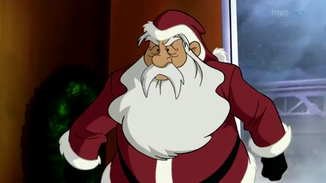
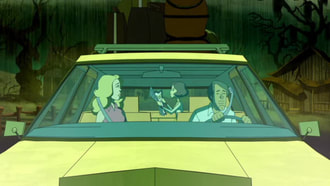
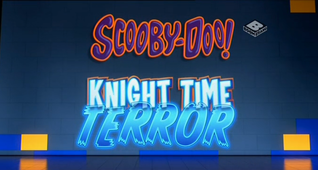
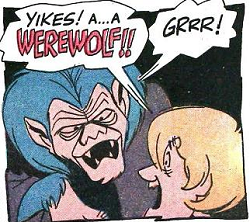
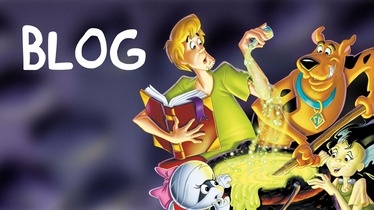
 RSS Feed
RSS Feed
